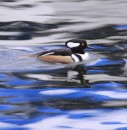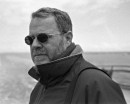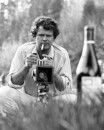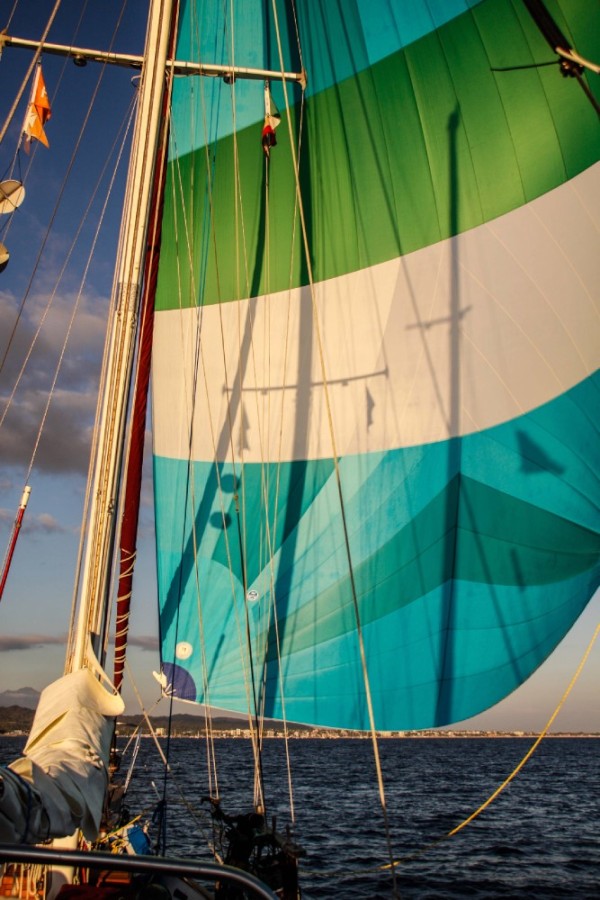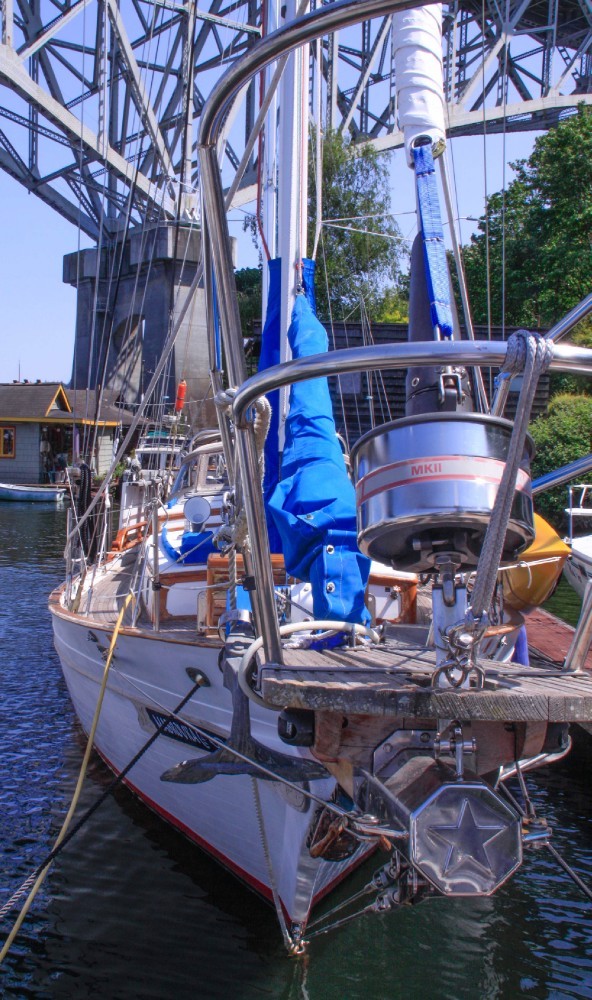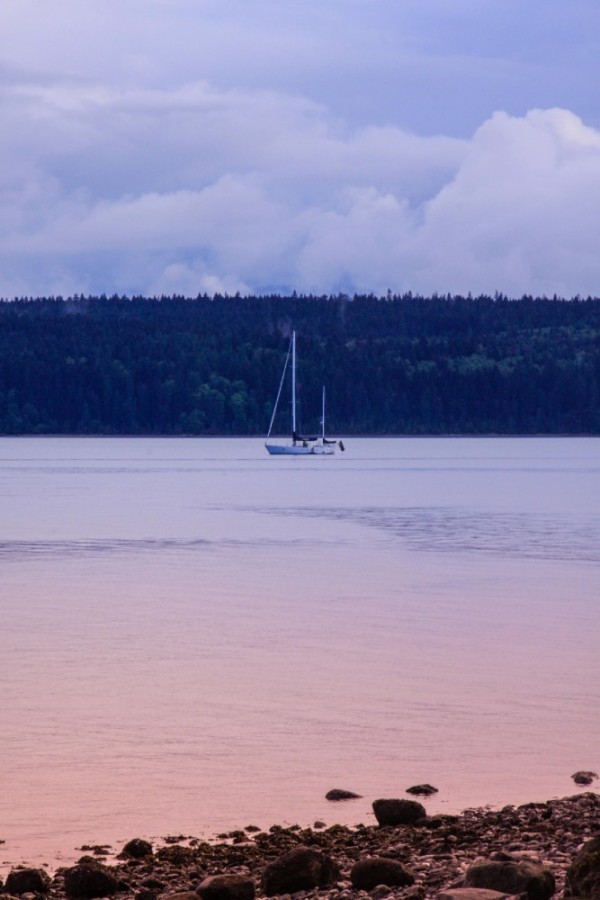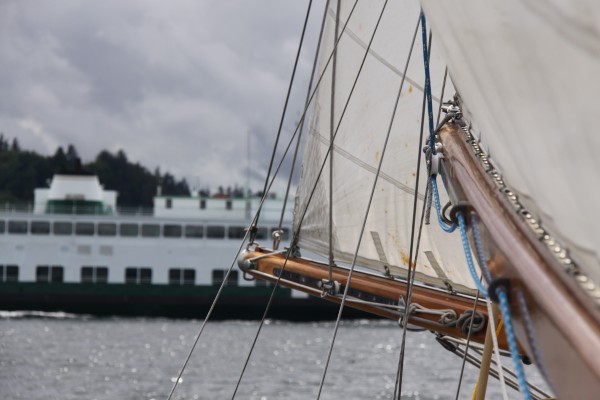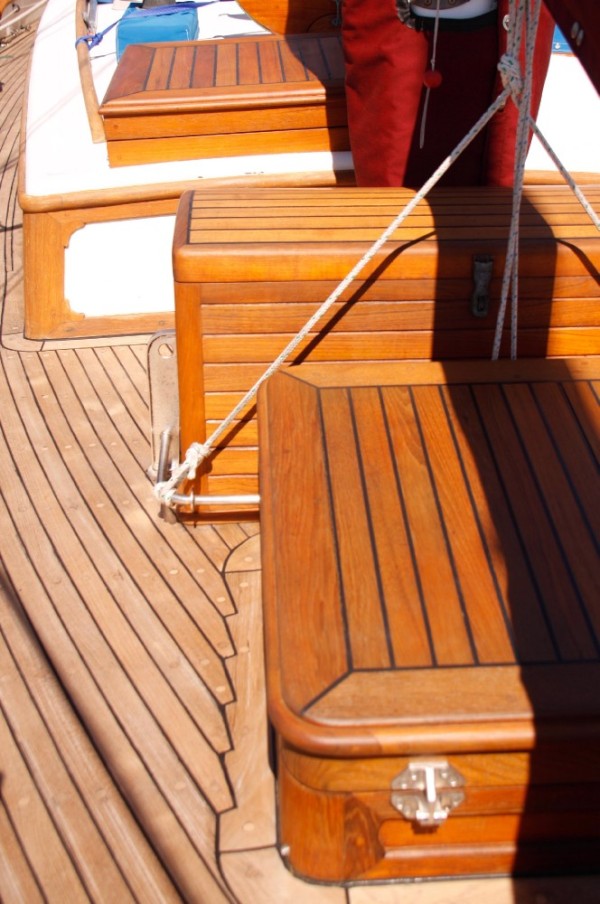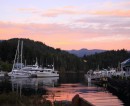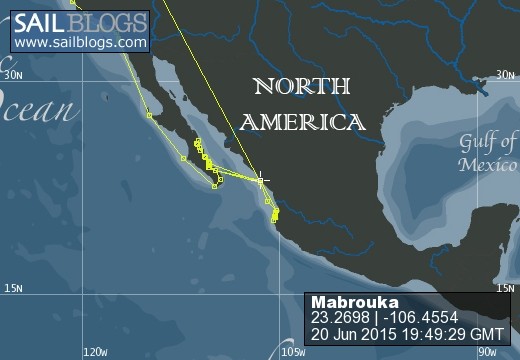
Blessed Lady
This is the cruising blog of the sailing yacht Mabrouka. The Favorites in the side bar allow those with discriminating taste to filter for just the stuff you want to read. Thanks for visiting, Roy.
13 September 2015
21 August 2015
21 August 2015
21 August 2015
20 June 2015 | Marina Mazatlan, Mazatlan, Mexico
15 June 2015 | Marina Mazatlan, Mazatlan, Mexico
15 June 2015 | Marina Mazatlan, Mazatlan, Mexico
15 June 2015 | Mazatlan Marina, Mazatlan Mexico
13 April 2015 | Off Club Nautico, Mazatlan Commercial Harbor, Mazatlan, MX
15 February 2015 | Marina Mazatlan, Mazatlan, Mexico
13 February 2015 | Marina Mazatlan, Mazatlan, Mexico
25 January 2015
06 January 2015 | Mazatlan, MX
24 December 2014 | Marina Mazatlan, Mazatlan, Mexico
24 December 2014 | Mazatlan, MX
22 December 2014
21 December 2014
18 December 2014 | Playa Isla de la Piedra, Mazatlan, MX
18 December 2014 | Mazatlan, MX
15 December 2014 | Ensenada des los Muertos, Mexico
Anacortes to Port Angeles
17 August 2014 | Port Angeles Harbor, Port Angeles WA
Roy / Windy and grey
We rode an ebb current out Guemes Channel and into Rosario Strait. The currents would be mostly in our favor all the way out the Straits of Juan de Fuca, even though we would be at least two days transiting those waters. Through some trick of tides, the ebbs would hold and the floods would be short. Now, you'd think having the current going our direction would be entirely good news, but it's not. Waves whipped up by westery (east flowing) winds can get quite sharp and close together when they oppose a west-flowing tide.
The setting sun contrived a greater temperature difference between the Pacific Ocean in the west and the warm Washington inland, sucking the wind down the Straits so that, by late afternoon, Mabrouka was bucking a short, mid-channel chop five or ten miles off the southeast corner of Vancouver Island. We pounded and bashed through the waves, taking more than a few over the bow, but otherwise clawing our way at a steady pace toward Port Angeles.
As uncomfortable as we were, I don't think any of us were surprised by the sea conditions. For my own part, the Straits were not even close to living up to their fearful reputation. What I was indeed surprised by was that Robert managed to whip up some hearty, stewy beef-lentil soup that tasted just great and stoked the crew's power plants against the wet and cold.
We watched many big ships and ferries maneuvering in and out the Straits during our approach. This made me a little nervous as darkness fell, but provided a good opportunity for us to self-train on the Automatic Identification System (AIS) feature of the new VHF radio. It would warn us of close approaching ships and give us early clues of where to look for their lights, a very calming capability.
This was also the beginning of what would become a staple of our cruising routine, keeping in touch with other Hos by single-sideband radio. We were able to talk to Abby Normal and Andante who'd left several hours before us and were already secure in Port Angeles, Abby in the marina and Andante anchored out.
Usually the first landmarks you see when making a night time harbor approach are the red flashers atop radio antennas. It's surprisingly difficult to pick out navigation lights in the dark. Their supposedly distinctive flashes get buried in a background of shore lights that confuses even the most watchful mariner. They melt into the moving headlights, the smattering of street lamps that outline the coastal communities, and traffic signals that beckon green, then warn you away with red. When you think you might've ID'd the mark you're looking for, you have to stare at it for minutes, waiting for its telltale signal and counting the seconds between flashes. Then you sometimes lose it behind cresting waves or its apparent position shifts when the boat rotates on its course, and you have to restart your count, ...one thousand one, one thousand two.
And they always seem SO far away. It takes forever to pull them towards you out of the dark. You've stared at the chart, trying to educate yourself on the shallow waters and threatening lands that lurk about them, but even then things never feel quite familiar when you're finally right there and big, jagged, hard things start to take shape around you.
We'd spotted the 2-1/2 second flash of Ediz Hook's red number 2 buoy and took it on our starboard side at around midnight. It marks the end of Port Angeles' long northern breakwater that provides a perch for a sizable Coast Guard facility and keeps the waves of the Strait at bay. Just inside the entrance shifting running lights told of a large tanker being maneuvered by a harbor tug and farther in a couple more huge ships swung on their hooks, crowding the bay into a much less expansive body of water than it would otherwise be. We located Andante at anchor from their AIS signal and, setting our own anchor not far away, settled in for the night.
The setting sun contrived a greater temperature difference between the Pacific Ocean in the west and the warm Washington inland, sucking the wind down the Straits so that, by late afternoon, Mabrouka was bucking a short, mid-channel chop five or ten miles off the southeast corner of Vancouver Island. We pounded and bashed through the waves, taking more than a few over the bow, but otherwise clawing our way at a steady pace toward Port Angeles.
As uncomfortable as we were, I don't think any of us were surprised by the sea conditions. For my own part, the Straits were not even close to living up to their fearful reputation. What I was indeed surprised by was that Robert managed to whip up some hearty, stewy beef-lentil soup that tasted just great and stoked the crew's power plants against the wet and cold.
We watched many big ships and ferries maneuvering in and out the Straits during our approach. This made me a little nervous as darkness fell, but provided a good opportunity for us to self-train on the Automatic Identification System (AIS) feature of the new VHF radio. It would warn us of close approaching ships and give us early clues of where to look for their lights, a very calming capability.
This was also the beginning of what would become a staple of our cruising routine, keeping in touch with other Hos by single-sideband radio. We were able to talk to Abby Normal and Andante who'd left several hours before us and were already secure in Port Angeles, Abby in the marina and Andante anchored out.
Usually the first landmarks you see when making a night time harbor approach are the red flashers atop radio antennas. It's surprisingly difficult to pick out navigation lights in the dark. Their supposedly distinctive flashes get buried in a background of shore lights that confuses even the most watchful mariner. They melt into the moving headlights, the smattering of street lamps that outline the coastal communities, and traffic signals that beckon green, then warn you away with red. When you think you might've ID'd the mark you're looking for, you have to stare at it for minutes, waiting for its telltale signal and counting the seconds between flashes. Then you sometimes lose it behind cresting waves or its apparent position shifts when the boat rotates on its course, and you have to restart your count, ...one thousand one, one thousand two.
And they always seem SO far away. It takes forever to pull them towards you out of the dark. You've stared at the chart, trying to educate yourself on the shallow waters and threatening lands that lurk about them, but even then things never feel quite familiar when you're finally right there and big, jagged, hard things start to take shape around you.
We'd spotted the 2-1/2 second flash of Ediz Hook's red number 2 buoy and took it on our starboard side at around midnight. It marks the end of Port Angeles' long northern breakwater that provides a perch for a sizable Coast Guard facility and keeps the waves of the Strait at bay. Just inside the entrance shifting running lights told of a large tanker being maneuvered by a harbor tug and farther in a couple more huge ships swung on their hooks, crowding the bay into a much less expansive body of water than it would otherwise be. We located Andante at anchor from their AIS signal and, setting our own anchor not far away, settled in for the night.
Comments
| Vessel Name: | Mabrouka |
| Vessel Make/Model: | CT-41 |
| Hailing Port: | Seattle, WA |
| Crew: | Roy Neyman |
| About: | |
| Extra: |
Mabrouka's Photos - Main
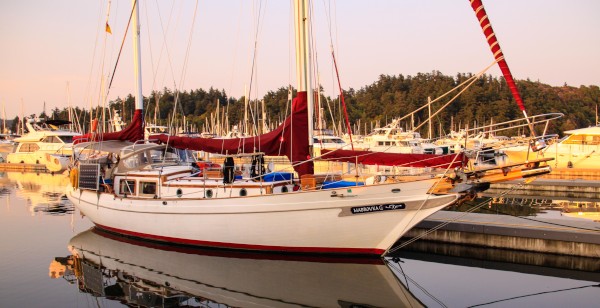 |
The beginning of the South Pacific cruise, heading to San Diego and Mexico
1 Photo | 6 Sub-Albums
Created 15 August 2014
|
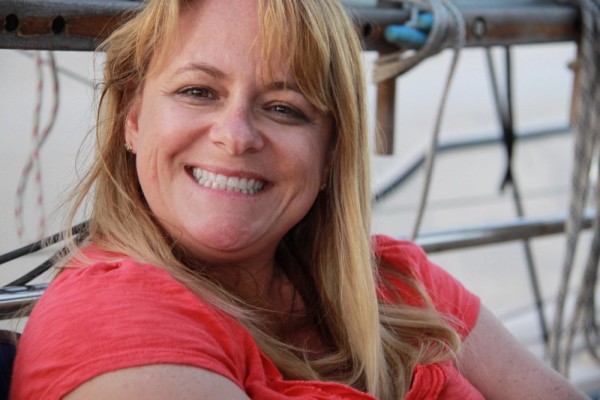 |
Killing time with local sailing and projects before heading south with the Coho Ho Ho cruiser's rally
56 Photos
Created 29 June 2014
|
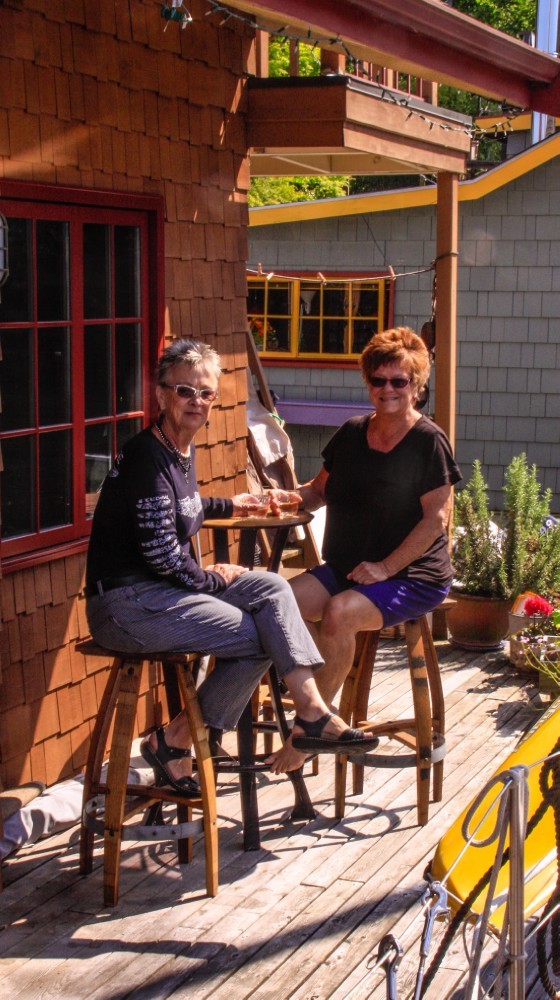 |
Kathy and Karyn (with a "Y") used me as an excuse for a party. I was just fine with that!
25 Photos
Created 31 May 2014
|
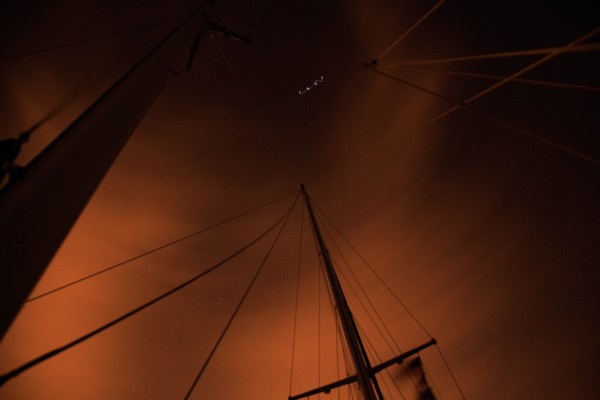 |
Gunkholing in the Seattle area, with me and Mabrouka getting our sea legs back under us.
50 Photos | 28 Sub-Albums
Created 14 April 2013
|
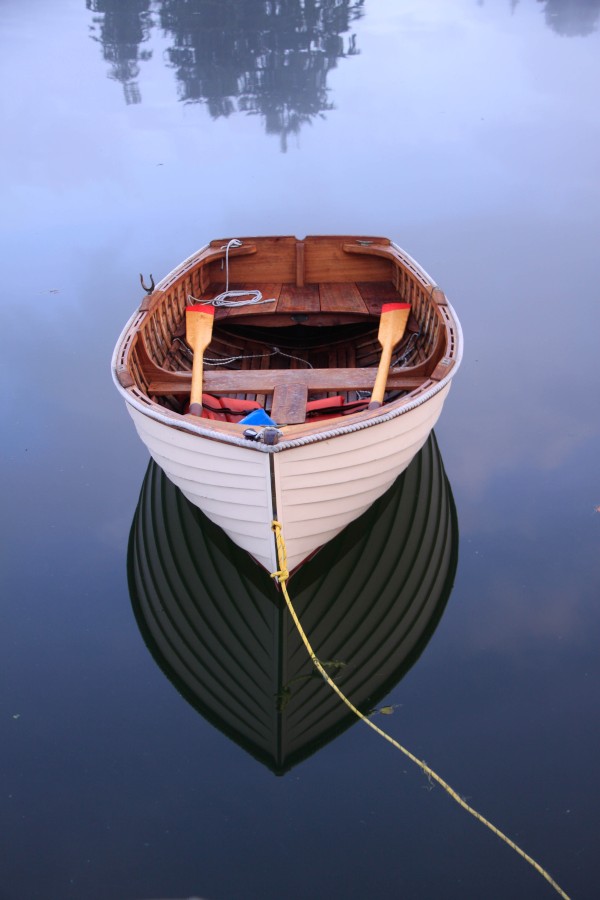 |
Custom made sailing skiff hand-built by NW School of Wooden Boatbuilding in Port Hadlock, WA
18 Photos
Created 21 March 2013
|
Who are we and where are we going?
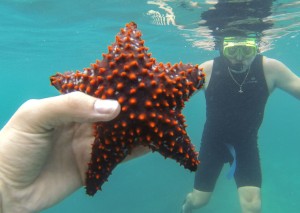
Who: Roy Neyman
Port: Seattle, WA
Blog Entries (newest to oldest)
Favorites
- S/V Valella
- S/V Bint al Khamseen
- S/V Estrellita 5.10b
- S/V Infini
- S/V Soggy Paws
- Coho Ho Ho Sailing Rallye
- Tyee Yacht Club
- Dreamspeaker Cruising Guides
- Wendy Hinman, Tightwads on the Loose
- Iverson's Designs - Dodgers
- Portland Pudgy
- WH Auto Pilot System
- Cool Blue Refrigeration System
- Forespar Whisker Pole
- Sea Tech SSB Radio
- Precision Temp ShowerMate Water Heater
- Ed Foster - Marine & Off-Grid LEDs
- Quickline Storage Reel System
- Danbuoy Man Overboard Pole
- Sea Sensations



